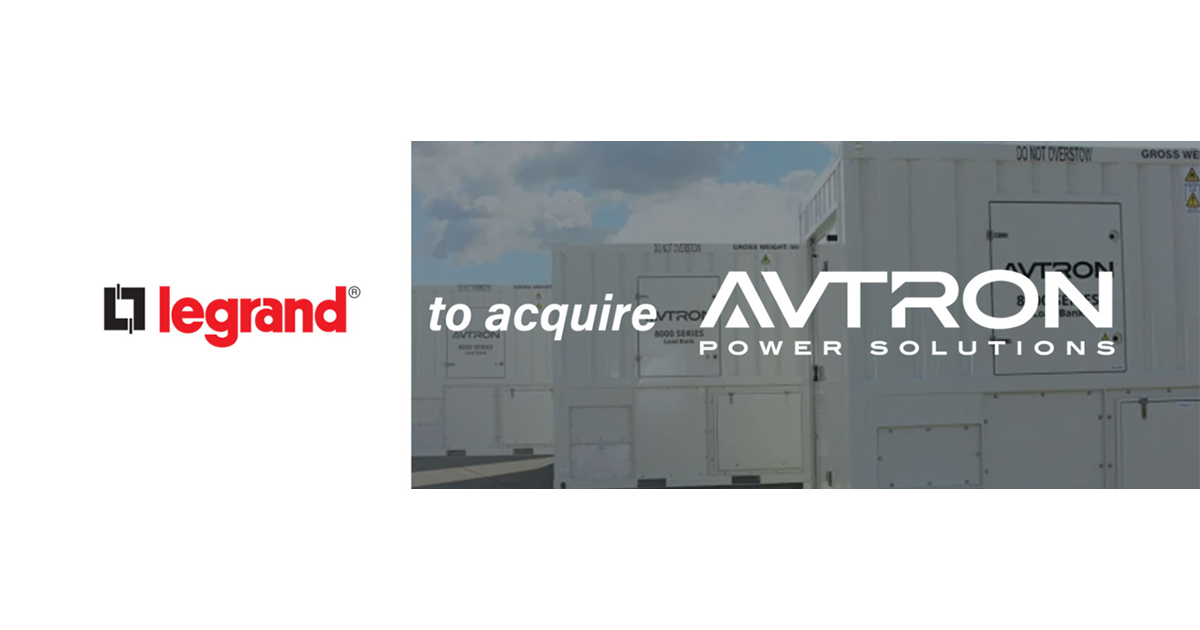The Lighting Pyramid: Prioritizing LED retrofit opportunities
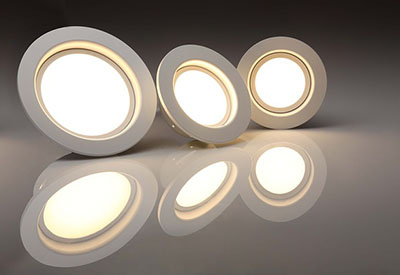
December 12, 2016
What products should you retrofit to LED first? Our lighting experts get that question all the time. Fortunately, there’s a pretty simple answer. If you have any applications in your building that still have incandescent or halogen lighting, start there first.
Why?
The retrofit from incandescent or halogen to LED gives you the biggest energy savings and almost always the fastest return on investment. We all want to make our money back quickly on investments, right? If you’re using linear or compact fluorescent lighting anywhere in your building, your lighting is already fairly efficient, especially when compared with incandescent or halogen lighting.
So where should you consider LED next? Well, there are a number of factors to consider, from energy use to ease of maintenance. Here’s a visual we commonly use to prioritize which lighting products you should swap for LED first.

How do we turn this diagram into actual recommendations that can help you make sense of the many claims made by LED lighting manufacturers? We think you should have three main goals:
1. Reduce the overall cost of lighting
As you move up the lighting pyramid, the energy efficiency and lifespan of products increase dramatically. The first step, then, is to find your energy hogs. The second step is to find the products that seem to be constantly burning out. These are commonly the same products. Where are you still burning incandescent or halogen? You’ve got to take care of those areas.
Energy alone comprises at least 77% of the cost of your lighting (and as much as 85% if you’re located in a coastal, high-utility-cost region). Labour to change burned-out products, on average, is about 11% of the total cost of your lighting.
You shouldn’t have to sharpen your pencil to do the math here: older lighting technologies will cost you.
This is at the core of understanding the lighting pyramid. The goal here is to simultaneously reduce those two costly areas –– energy and labour. A switch from incandescent to LED, for example, could save you 85% in energy costs and result in not having to change the lightbulb in that socket for years, rather than multiple times in a single year.
2. Focus on applications that are on all the time
As you consider the lighting pyramid and the impact that energy and lifespan has on your overall cost of lighting, it’s clear that the areas that are on all the time are also major opportunities to save.
Think about parking garages, common areas, lobbies, and stairwells. These lights are on all the time there. They have to be. It’s non-negotiable.
Any area where lights are burning 24/7 is an area with a big “retrofit” target on its back. “The longer you burn it, the faster the payback,” we like to say.
Using up the energy required to light these areas is something you just can’t get around, and you’ll go through more replacement bulbs in these applications than anywhere else. So why not prioritize efficiency by using the least amount of energy and labour possible by not having to pay for as many replacement products? That’s what a switch to LED would do for you.
Think about common areas such as lobbies, garages, stairwells, and elevator landings. Not only does it look unappealing if a few lights are burnt out in that area, but it can also be safety hazard. Minimizing the number of potential burnouts in these areas helps you to avoid both eyesores and safety concerns.
3. Work on places that are difficult to maintain
Don’t work harder, work smarter. The next area you want to tackle is the hard-to-reach places in your building. Where are the places you need special equipment to change the lighting? Do you have cove lighting that’s time-consuming and difficult to work on?
Moving to long-life products in these “thorn-in-your-side” areas will save you a significant amount of time and heartache.
One client we worked with had a beautiful lobby with high ceilings and expensive imported tile flooring. It looked nice, sure, but it was a real pain to maintain.
Every time a light bulb needed to be replaced, they had to order a special — and much more expensive — lift that wouldn’t ruin the imported tile flooring. Oh, and they obviously couldn’t complete that work during business hours, so it had to be done after hours, making an already expensive and tedious project all the more expensive and tedious. The client had to dish out overtime pay and coordinate fluid employee schedules, all just to change a lightbulb. (Insert a “how many people does it take to change a light bulb” joke here.)
Needless to say, the maintenance cost alone of this example makes the prospect of switching to LEDs — which you shouldn’t have to touch for years — very attractive.
The bottom line is that while payback is often driven by energy savings with LEDs, the long life ratings can have great benefits that can often be overlooked as well.
The goal with The Lighting Pyramid is to find the least expensive point of entry into LED for you. Once you adopt LED, it becomes easier to retrofit and move up the pyramid.
Rob Pilner is the Vice President of Regional Sales at Regency Lighting. Ron has been with Regency since 1996 and currently oversees all of Regency’s Regional Sales efforts.





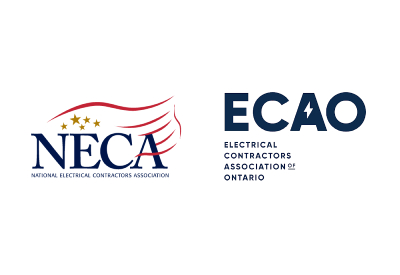

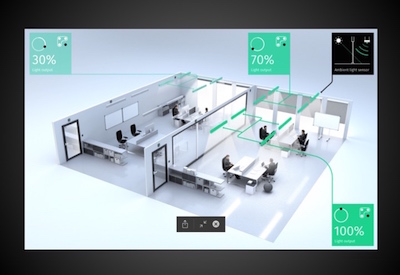
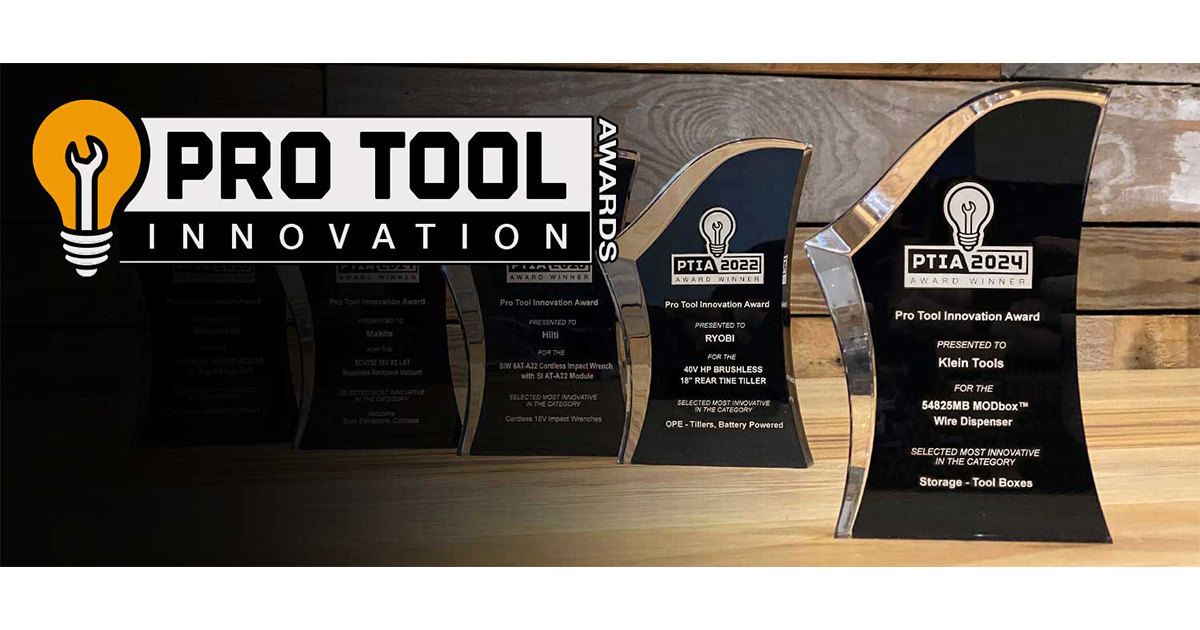


![Guide to the Canadian Electrical Code, Part 1[i] – A Road Map: Section 44 — Theater Installations](https://electricalindustry.ca/wp-content/uploads/2022/11/Guide-CE-Code-2.png)

